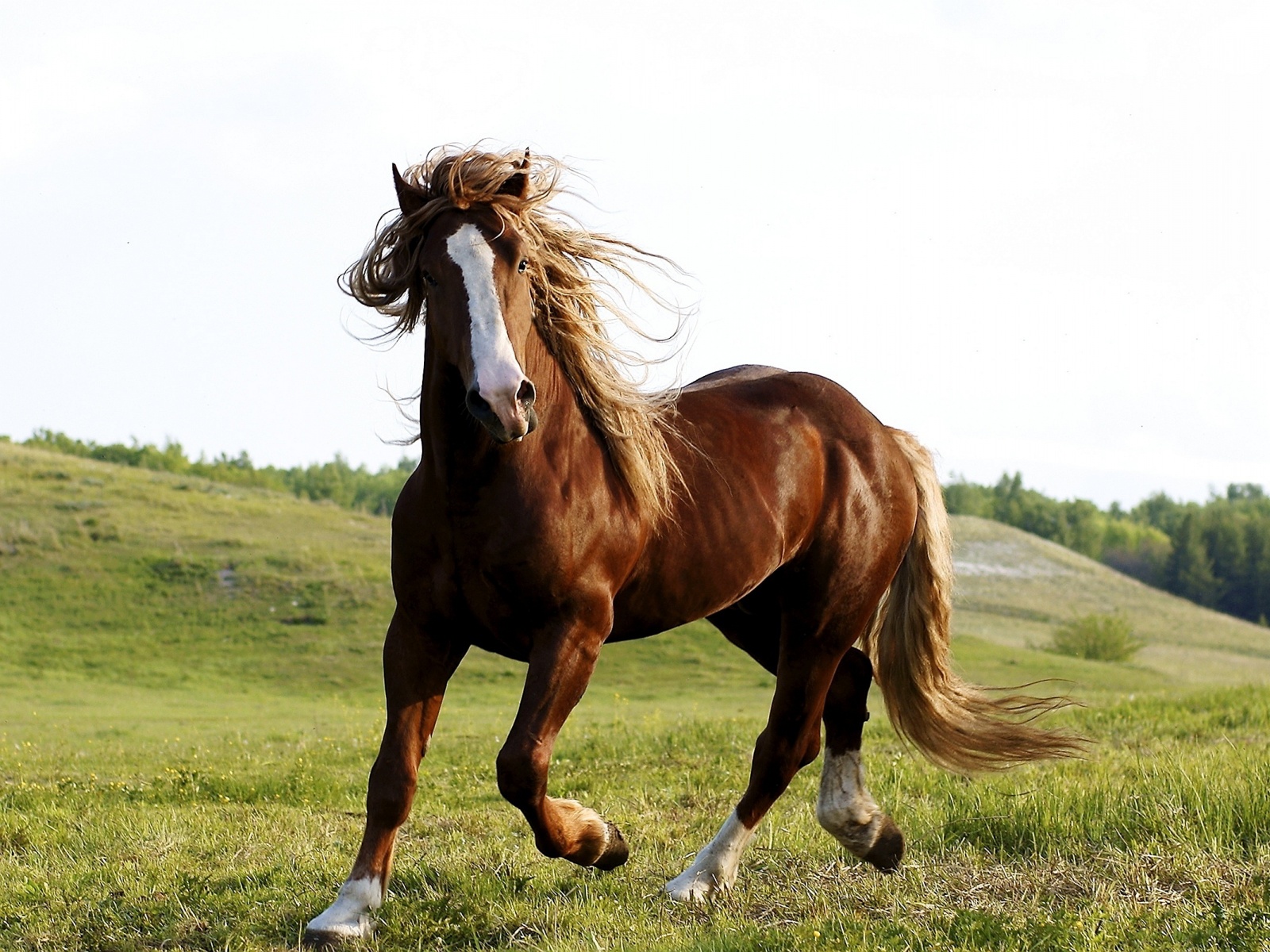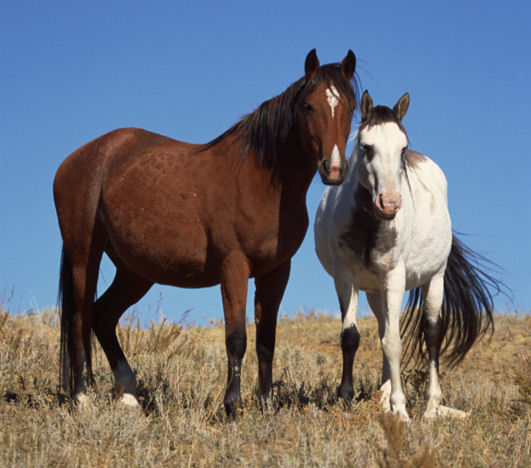Horse First Aid Kit: Preparing for Emergencies
As a horse owner or caretaker, you know that emergencies can happen at any time. Whether you’re at a competition, on a trail ride, or in your own barn, it’s crucial to be prepared for any health issues or injuries that may arise. A well-stocked horse first aid kit can be a lifesaver in these situations. This article will guide you through the essential items to include in your horse’s first aid kit and how to prepare for various emergencies.
Understanding the Importance of a Horse First Aid Kit

Having a first aid kit for your horse is not just a good idea; it’s a necessity. Horses are prone to various injuries, from minor cuts and scrapes to more severe conditions that require immediate attention. A first aid kit allows you to administer immediate care, which can be crucial in preventing further injury or complications.
According to the American Association of Equine Practitioners (AAEP), timely first aid can significantly impact the outcome of an injury. For instance, treating a wound promptly can reduce the risk of infection and speed up recovery time. Therefore, being prepared can make a difference between a minor mishap and a serious medical issue.
Essential Items for Your Horse First Aid Kit

Your horse’s first aid kit should be comprehensive yet manageable. Here is a list of essential items to include:
- Bandages: Include various sizes of gauze pads, adhesive tape, and elastic bandages.
- Antiseptics: Keep antiseptic solutions or wipes to clean wounds.
- Topical ointments: Include products like Neosporin or other veterinary-approved antibiotic ointments.
- Thermometer: A digital thermometer for checking your horse’s temperature.
- Scissors: Sharp scissors to cut bandages or clothing as needed.
- Forceps: Useful for removing splinters or debris from wounds.
- Syringes: For administering medications or flushing wounds.
- Vet wrap: An elastic bandage that sticks to itself and is useful for securing dressings.
- Cold packs: Instant cold packs can help reduce swelling and pain.
- Pain relief medications: Consult your veterinarian for appropriate medications.
- Hoof care tools: A hoof pick and a rasp can be critical for hoof injuries.
- First aid manual: A guide to assist you in emergencies, preferably one tailored for equines.
Creating a Customized First Aid Kit

While the list above covers standard items, you may need to customize your first aid kit based on your horse’s specific needs, environment, and activities. Here are some considerations for creating a tailored kit:
- Activity Level: If your horse participates in high-impact activities, include additional items like splints for fractures.
- Medical History: Consider any pre-existing conditions your horse may have, such as allergies or chronic injuries.
- Location: If you frequently ride in remote areas, consider adding items for more serious injuries, like a tourniquet.
- Storage: Choose a sturdy, waterproof container that can withstand outdoor conditions.
Common Equine Emergencies and How to Respond
Understanding potential emergencies and the appropriate first aid responses can help mitigate the situation until a veterinarian arrives. Here are some common equine emergencies:
1. Lacerations and Cuts
Horses are likely to get cuts from branches, fencing, or other sharp objects.
- Immediate Action: Clean the wound with antiseptic and apply a sterile bandage.
- When to Call the Vet: If the wound is deep, bleeding heavily, or shows signs of infection.
2. Colic

Colic is a common digestive disorder in horses that can be life-threatening.
- Signs: Look for signs of distress, such as pawing, rolling, or looking at their sides.
- Immediate Action: Keep the horse calm and walking until the vet arrives.
3. Laminitis
Inflammation of the sensitive laminae in the hoof can lead to severe pain.
- Signs: Look for reluctance to move, a strong digital pulse, and shifting weight.
- Immediate Action: Remove the horse from hard ground and contact your vet.
4. Injuries Due to Falls
Falls can lead to various injuries, including fractures or sprains.
- Immediate Action: Assess the horse’s ability to stand, and avoid moving them if they appear injured.
- When to Call the Vet: If the horse is unable to stand, has visible fractures, or is in severe pain.
Regular Maintenance of Your First Aid Kit

A first aid kit is only effective if it is well-maintained. Here are some tips for keeping your kit in top shape:
- Regular Checks: Inspect the kit monthly to replace expired items and restock supplies.
- Keep it Accessible: Ensure the kit is easy to find and accessible in case of emergencies.
- Educate Others: Ensure that anyone who interacts with your horse knows where the kit is and how to use it.
Conclusion: Be Prepared, Stay Safe

Having a well-stocked horse first aid kit is essential for any horse owner. By understanding the common emergencies and preparing your kit accordingly, you can significantly improve your horse’s chances of recovery in case of an injury or health issue. Regularly maintaining your kit ensures that you are always ready for any situation that may arise. Remember, timely first aid can make a substantial difference in your horse’s health and well-being. With proper preparation, you can ride confidently, knowing you are equipped to handle emergencies effectively.


